expand-nature-positive-economies
EXPANDING NATURE-POSITIVE ECONOMIES
For centuries, development has come at the expense of nature.
What if nature and people could thrive in the same place, forever? What if communities could become resilient to climate change and protect their livelihoods and food security without destroying nature’s life-support systems?
Conservation International aims to create self-sustaining, scalable conservation models that can be adapted from one country to another by focusing on large ecological systems that we call landscapes and seascapes. From the Galápagos Islands to the rangelands of South Africa, this integrated “Sustainable Landscapes and Seascapes” approach is offering lessons for how humanity can protect nature while weathering — and even abating — climate breakdown and wildlife extinction.
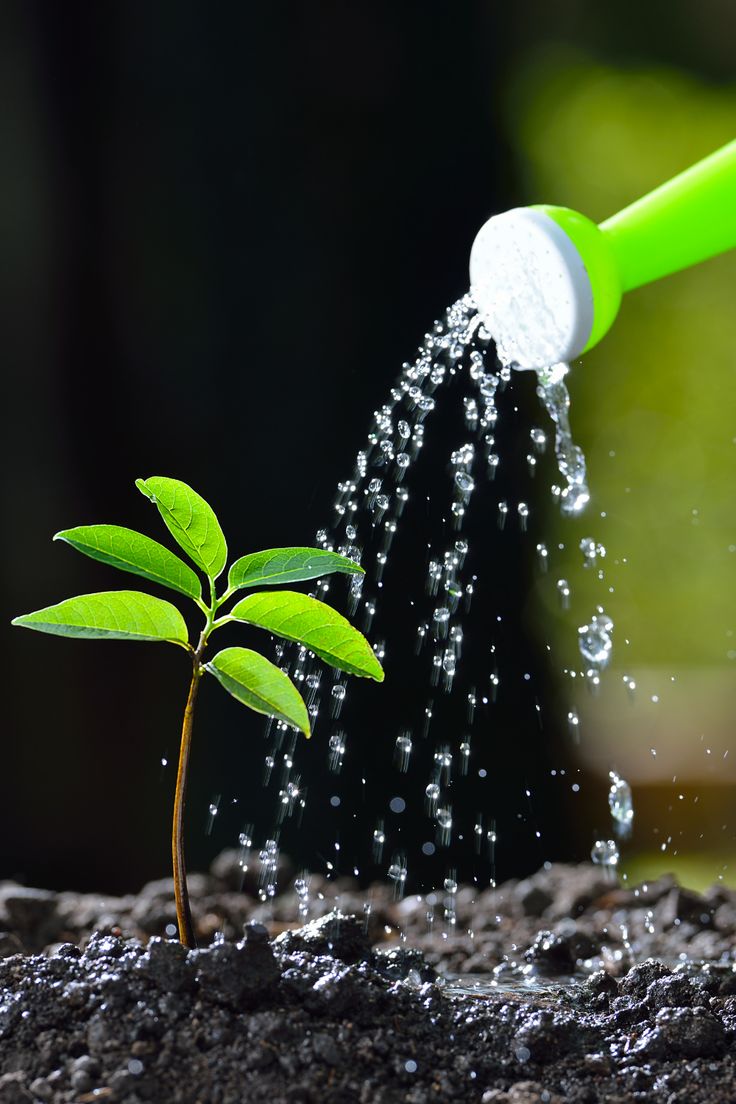
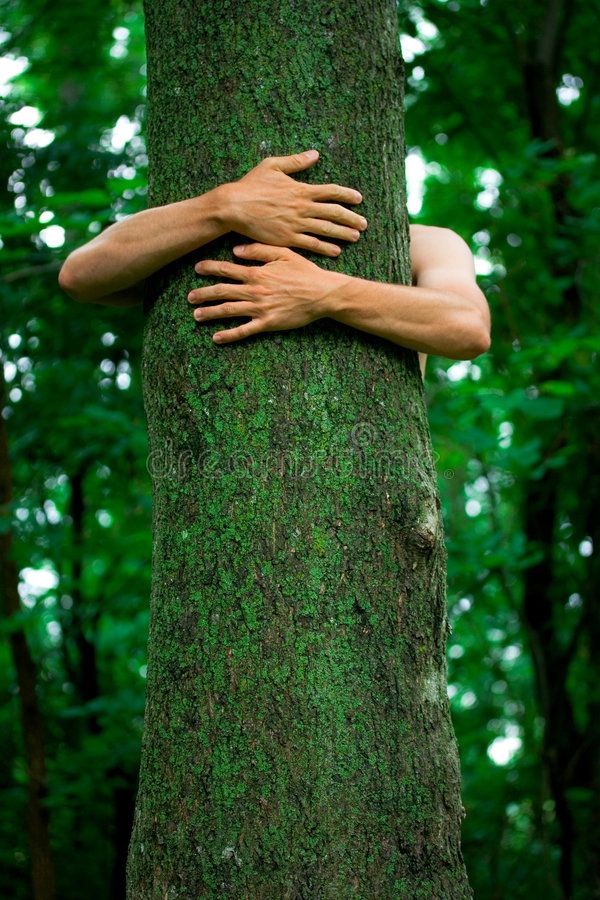
THE FACTS
In 2015, 193 countries signed onto the UN’s Sustainable Development Goals (SDGs), which aim to end poverty, fight inequality, prevent environmental degradation, improve public health and tackle climate change by 2030.
One essential element underlies nearly all of these goals: nature. In fact, most of the goals cannot be met if we don’t have healthy, functioning terrestrial, freshwater and marine ecosystems. And we are failing in our protection of nature: Businesses, governments and communities are not yet working together in the right ways and in the right places to sufficiently protect nature so that it can help deliver sustainable development for all.
Recognizing that conservation works best when it takes into account the many uses and functions of an area of land or sea — and the people who rely on and steward it — Conservation International has selected 16 places on the planet to deploy our Sustainable Landscapes and Seascapes approach.
PLANETARY GOALS
-Where humanity needs to be by 2030-
We must adopt a model of sustainable nature-based and climate-resilient development that supports the Sustainable Development Goals in some of the world’s most ecologically important places by 2030.
HERE’S WHAT WE ARE DOING :
Conservation International supports nature-based development approaches in the world’s most important places for nature by:
- Working with partners in a number of landscapes and seascapes to demonstrate that when nature is conserved and restored, human well-being improves.
- Developing innovative ways to combine government, corporate, donor and investor funding to help places transition to nature-based development.
- Creating and demonstrating viable production models for commodities that link public demand, sustainable production, protection of essential resources and local benefits.
Stabilizing Our Climate
STABILIZING OUR CLIMATE BY PROTECTING AND RESTORING NATURE
To prevent irreversible harm to the climate that supports us, humanity must emit less climate-warming greenhouse gases while also removing excess carbon from the atmosphere. But even if the world instantly stopped using fossil fuels, we would fail to avert a disastrous climate scenario if we did not also reverse the destruction of ecosystems that absorb and store carbon.
In other words: If we don’t protect and restore nature, we won’t save the climate.
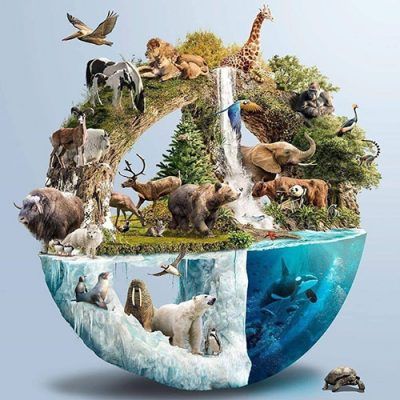
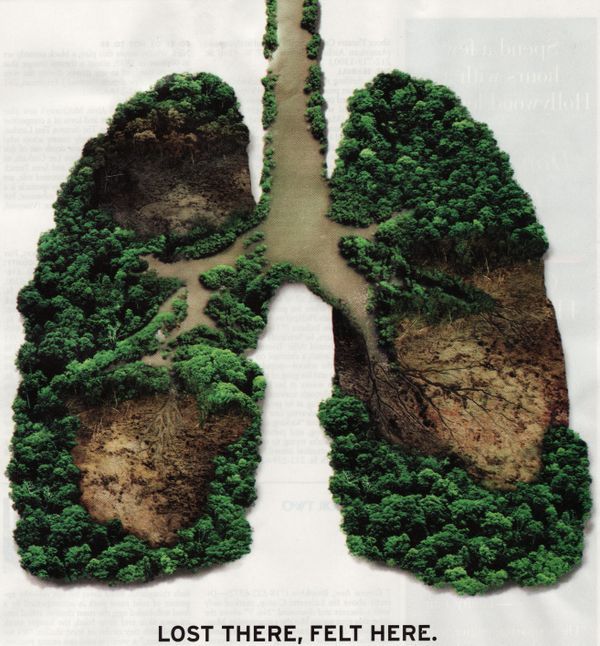
THE FACTS
Natural climate solutions are at the heart of Conservation International’s work. These are actions that conserve, restore or improve the use or management of ecosystems while maintaining their capacity to absorb and store carbon from the atmosphere. These solutions also provide a host of additional benefits — filtering fresh water, providing breathable air — that other approaches to climate change don’t offer.
Even better: Nature can do this today — cost-effectively, and at the massive scale required.
PLANETARY GOALS
-Where humanity needs to be by 2030-
Scientists have identified the global need to avoid 5 gigatons of carbon dioxide (CO2) emissions per year by preventing the destruction of high-carbon ecosystems, and to remove 5 additional gigatons of CO2 per year through the restoration and sustainable management of the landscapes that serve as Earth’s natural “carbon sinks” by 2030.
WHAT WE ARE DOING ABOUT IT :
Our strategy focuses on ensuring that natural ecosystems are worth more alive than dead. Deforestation rates have climbed in recent years — with short-term economic interests outweighing the long-term value of forests. Conservation International’s work aims to replace an extractive economy with a regenerative one through innovation, collaboration and by partnering with Indigenous peoples and local communities.
Together, we are:
- Working with businesses and governments to minimize deforestation by addressing its largest drivers, particularly agricultural expansion.
- Identifying and mapping high-carbon ecosystems such as mangroves, tropical peatlands and old-growth tropical forests that, once lost, are extraordinarily difficult to replace.
- Guiding public and private investments to initiatives such as REDD+ (Reducing Emissions from Deforestation and forest Degradation), a UN-backed approach to fight climate change by conserving forests.
- Developing methods to increase the return on investment in tropical reforestation, making it more attractive for governments and private investors.
- Supporting local and Indigenous communities to protect forests on their lands.
- Mainstreaming and maximizing nature’s role for achieving climate goals in national and international climate actions.
Double Ocean Protection
Adaptation Actions for Water Management and Ecosystem Protection

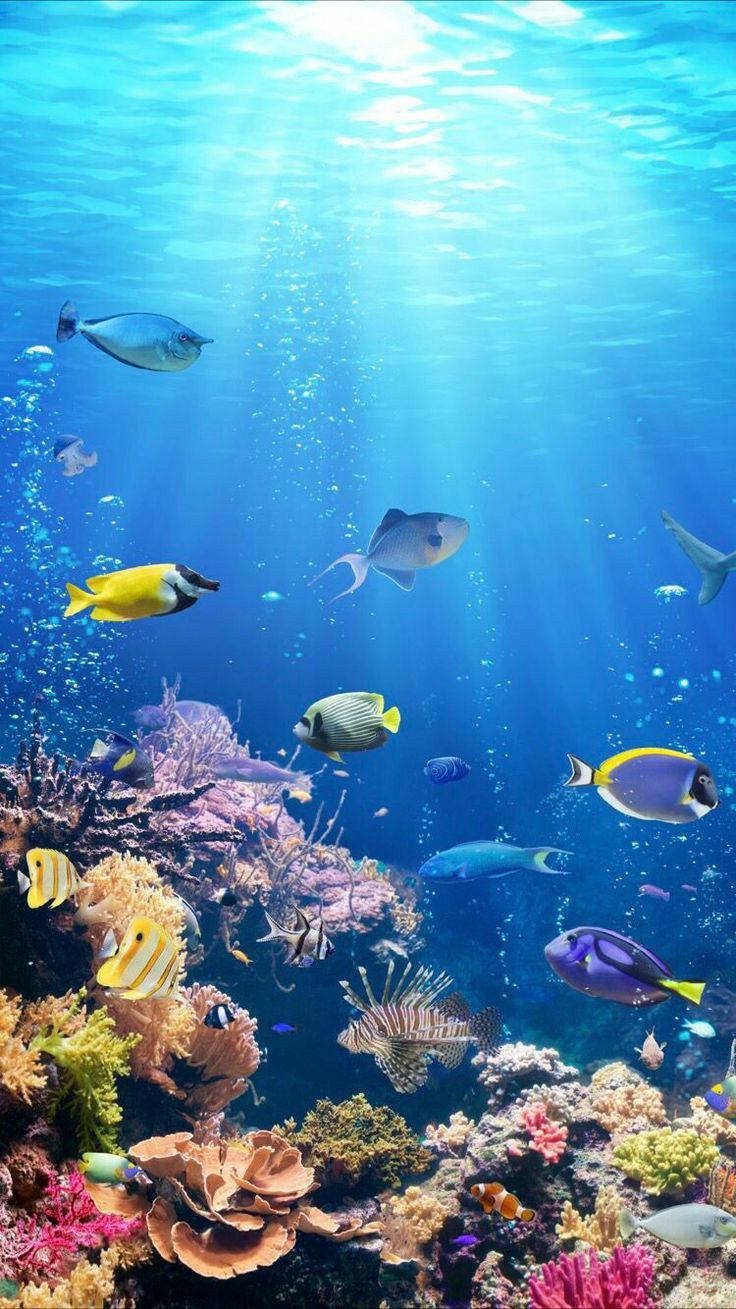
Use "Soft" Shoreline Maintenance
- Composite systems – incorporate elements of two or more methods (e.g., breakwater, sand fill, and planting vegetation)
- Create dunes along backshore of beach; includes planting dune grasses and sand fencing to induce settling of wind-blown sands
- Create marsh by planting the appropriate species – typically grasses, sedges, or rushes – in the existing substrate
- Increase shoreline setbacks
- Install rock sills and other artificial breakwaters in front of tidal marshes along energetic estuarine shores
- Plant SAV (such as sea grasses) to stabilize sediment and reduce erosion
- See how San Juan Bay Estuary Program Assesses Vulnerability and Targets Adaptation Measures
- Redefine riverine flood hazard zones to match projected expansion of flooding frequency and extent
- Remediate Brownfield sites in coastal areas and develop parkland along the waterfront that explicitly accounts for sea-level rise
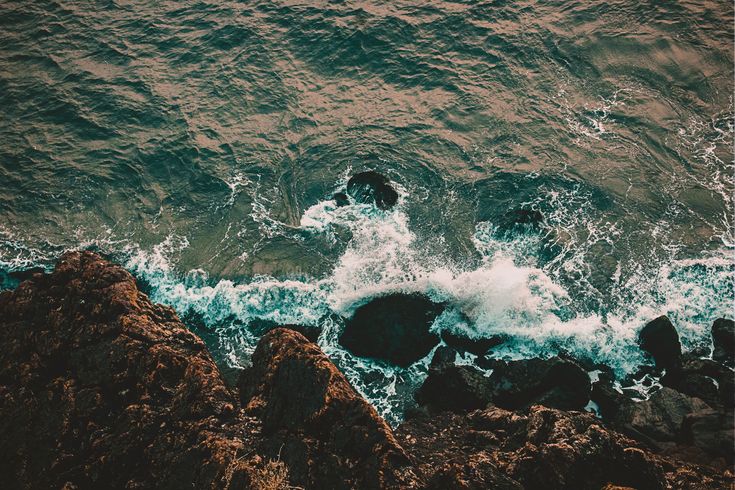
Maintain and Restore Wetlands
- Allow coastal wetlands to migrate inland (e.g., through setbacks, density restrictions, land purchases
- See how Maryland Analyzes Coastal Wetlands Susceptibility to Climate Change
- Create a regional sediment management (RSM) plan
- Develop adaptive stormwater management practices (e.g., promoting natural buffers, adequate culvert sizing)
- See how Barre City, Vermont Accounts for Climate Change within a Brownfield Redevelopment Plan
- Establish rolling easements
- Identify and protect ecologically significant (“critical”) areas such as nursery grounds, spawning grounds, and areas of high species diversity
- See how San Juan Bay Estuary Program Assesses Vulnerability and Targets Adaptation Measures
- Incorporate wetland protection into infrastructure planning (e.g., transportation planning, sewer utilities)
Preserve Coastal Land and Development
- Create permitting rules that constrain locations for landfills, hazardous waste dumps, mine tailings, and toxic chemical facilities
- Incorporate consideration of climate change impacts into planning for new infrastructure (e.g., homes, businesses)
- Integrate coastal management into land use planning
- See how Maryland Analyzes Coastal Wetlands Susceptibility to Climate Change
- Integrated Coastal Zone Management (ICZM) – using an integrated approach to achieve sustainability
- Land acquisition program – purchase coastal land that is damaged or prone to damage and use it for conservation
- Land exchange programs – owners exchange property in the floodplain for county-owned land outside of the floodplain
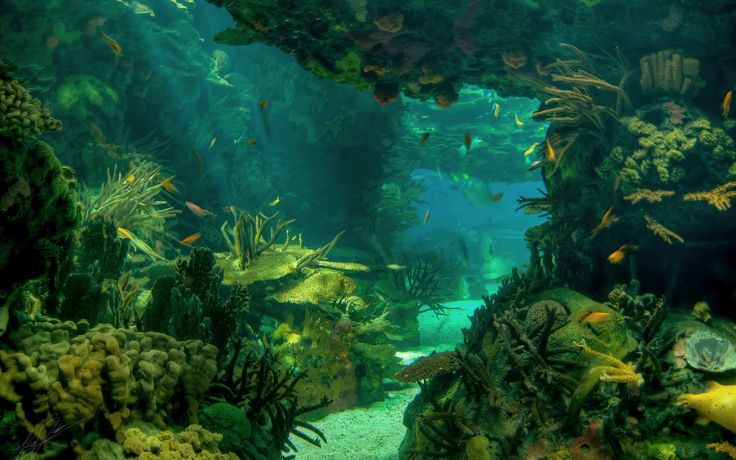
Use "Hard" Shoreline Maintenance
- Fortify dikes
- Harden shorelines with breakwaters – structures placed offshore to reduce wave action
- Harden shorelines with bulkheads – anchored, vertical barriers constructed at the shoreline to block erosion
- Harden shorelines with revetments that armor the slope face of the shoreline
- Harden shorelines with seawalls
- Headland control – reinforce or accentuate an existing geomorphic feature or create an artificial headland (e.g., Geotextile tubes)
Preserve Habitat
- Adapt protections of important biogeochemical zones and critical habitats as the locations of these areas change with climate
- Connect landscapes with corridors to enable migrations
- See how Southwest Florida Assesses Salt Marsh Vulnerability to Sea Level Rise
- Design estuaries with dynamic boundaries and buffers
- Expand the planning horizons of land use planning to incorporate longer climate predictions
- See how Maryland Analyzes Coastal Wetlands Susceptibility to Climate Change
- Purchase upland development rights or property rights
- Replicate habitat types in multiple areas to spread risks associated with climate change
- See how Pennsylvania Protects Coldwater Fisheries and Water Quality from Climate Change
- Retreat from, and abandonment of, coastal barriers





